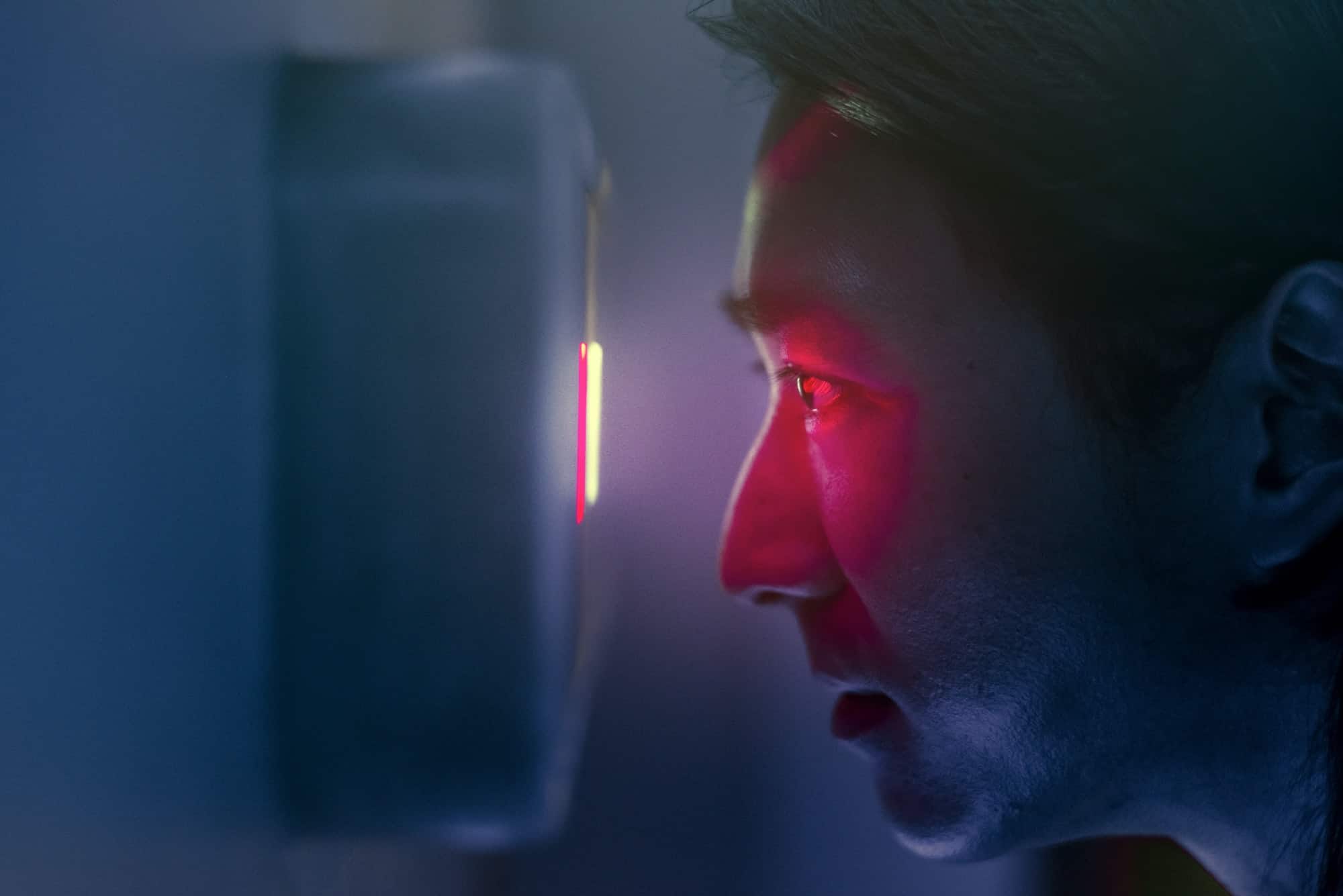As our world continues to digitise, the payment industry is rapidly evolving. Gone are the days of only having the option of a traditional credit card or cash. Today, biometric authentication is increasingly becoming the go-to method for secure payment transactions. This article will delve into the future of biometric payment verification in UK retail, exploring how this advanced technology will redefine secure transactions for consumers and retailers alike.
The Rise of Biometric Authentication in Payments
As we step into the future of payments, biometric authentication is at the forefront. This technology, which includes fingerprint recognition, facial recognition, and other identity verification methods, is set to further secure payment transactions, providing a seamless and secure experience for consumers.
Cela peut vous intéresser : Securing linux: a guide for effective patch management
Biometric authentication in payments is not a new concept. It’s been around for a while, with many tech giants like Apple and Samsung incorporating fingerprint and facial recognition into their devices. Now, this technology is rapidly expanding into the realm of retail payments, with many UK retailers now offering biometric payment options to their customers.
Biometric data is unique to each individual, making it an incredibly secure method of authentication. It’s also quick and convenient – customers can simply use their fingerprint or face to make a purchase, eliminating the need to remember pin codes or carry around physical cards.
A découvrir également : How Can Digital Notetaking Apps with AI Support UK University Students?
How Biometric Payments Work
Biometric payments leverage the unique physical or behavioural characteristics of an individual to verify their identity. Common types of biometric data used in payments include fingerprints, facial recognition, voice recognition, and iris scanning.
To make a biometric payment, a customer will first need to enrol their biometric data with their bank or payment provider. This could involve scanning their finger or face using a biometric scanner or their smartphone. Once their data is stored, the customer can then make payments using their biometric data, either through a biometric payment card, a mobile app, or a point-of-sale terminal equipped with a biometric scanner.
The systems involved in biometric payments use advanced algorithms to compare the biometric data presented at the time of the transaction with the stored data. If the data matches, the transaction is approved. This process happens in real-time, ensuring a fast and seamless payment experience for the customer.
The Benefits of Biometric Payments for Consumers and Retailers
From a consumer perspective, biometric payments offer a range of benefits. First and foremost, they provide a higher level of security than traditional payment methods. Because biometric data is unique to each individual, it’s much harder for fraudsters to replicate than a PIN or signature.
Biometric payments also offer convenience. They eliminate the need for customers to carry around physical cards and remember PIN numbers. With biometric payments, customers can simply use their face or finger to make a purchase.
For retailers, biometric payments can also bring a host of benefits. They can help to reduce the risk of payment fraud, which can result in significant cost savings. Biometric payments can also speed up the payment process, resulting in shorter queues and a better customer experience.
The Challenges and Concerns with Biometric Payments
Despite the numerous benefits, biometric payments also come with a unique set of challenges and concerns. One of the main concerns is around data security. Biometric data is sensitive and personal, and if it falls into the wrong hands, it can potentially be misused.
Another challenge is the issue of privacy. Some consumers may be uncomfortable with the idea of their biometric data being stored and used for payments. There are also concerns around the potential for bias in biometric systems, particularly with facial recognition technology.
Finally, there’s the issue of cost. Biometric payment systems can be expensive to implement, particularly for smaller retailers.
The Future of Biometric Payments in UK Retail
As we look ahead, the future of biometric payments in UK retail looks promising. The technology continues to advance, and as it does, it’s likely that we’ll see a wider adoption of biometric payments across the retail sector.
There is also increasing regulatory support for biometric payments. For instance, the UK’s Financial Conduct Authority (FCA) has expressed support for the use of biometric technology in payments, citing its potential to enhance security and customer experience.
However, for biometric payments to truly take off, the industry will need to address the challenges and concerns around data security, privacy, and cost. This will require ongoing collaboration between technology providers, retailers, regulators, and consumers.
In summary, while there are still hurdles to overcome, it’s clear that biometric payments have the potential to revolutionise the retail payments landscape in the UK. As this technology continues to evolve, it’s likely to become an increasingly common part of our shopping experiences.
The Role of Regulation in Boosting Biometric Payments
As the push for biometric payments continues, the role of regulation in assuring its full adoption cannot be overstated. Regulatory bodies, such as the UK’s Financial Conduct Authority (FCA), have a significant role to play in the widespread acceptance and use of biometric technology in payments.
The FCA has indicated its support for biometric technology in payments, stating that it holds the potential to enhance security and customer experience. Further, the Payment Services Directive (PSD2) in Europe requires financial service providers to have Strong Customer Authentication (SCA). Biometric authentication can meet this requirement, and in some cases, provide a more user-friendly experience than traditional authentication methods.
On the other hand, regulators also have a critical role in ensuring that the use of biometric data in payments respects privacy rights and complies with data protection laws. In the UK, the Data Protection Act controls how personal information is used by organisations, businesses or the government, and this includes biometric data. Therefore, retailers and payment providers must ensure that their biometric payment systems comply with these regulations.
Regulators also have a responsibility to provide clear guidelines on the use of this technology, addressing issues such as bias in facial recognition technology and other forms of biometric identification. Such guidelines can help build trust and confidence in these systems, encouraging more consumers and retailers to embrace biometric payments.
Conclusion: The Path Forward for Biometric Payments in UK Retail
In conclusion, the future of biometric payments in UK retail is bright, but not without its challenges. As biometric technology evolves and becomes more sophisticated, it’s expected to become an increasingly integral part of the payment experience in the UK and beyond.
While the unique security and convenience benefits of biometric payments are clear, concerns around data protection, privacy, and cost cannot be overlooked. Addressing these issues will require a coordinated effort from all stakeholders, including technology providers, retailers, regulators, and consumers.
Regulation will play a key role in this process, helping to instill confidence in biometric payment systems, ensure they comply with privacy and data protection laws, and address potential bias in recognition technology.
Moreover, as societal acceptance of biometric authentication continues to grow, so too will trust in its application for payment transactions. Consumers are increasingly comfortable with the use of biometry in smartphones, voice assistants, and even law enforcement.
Translating this comfort and familiarity to the retail payment landscape is the next step in securing biometric payments as a common part of everyday shopping experiences. With the right regulation, technology, and education in place, the future of biometric payments in UK retail looks set to redefine secure transactions for the better.











